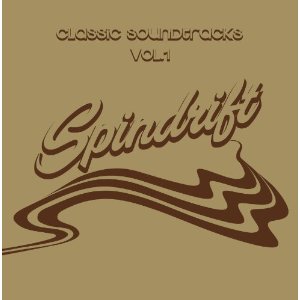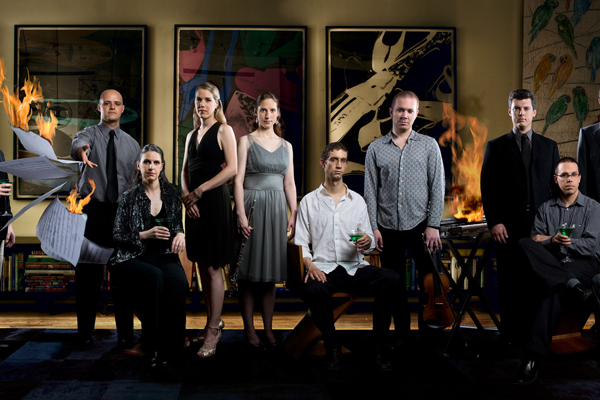
Floratone: II (Savoy Jazz, 3/6/12)
Floratone: “Move”
[audio:https://alarm-magazine.com/wp-content/uploads/2012/03/Floratone_Move.mp3|titles=Floratone: “Move”]Following its 2007 debut, Floratone was established as a highly collaborative and innovative musical force with no lack of original ideas. Comprised of guitarist Bill Frisell, drummer Matt Chamberlain (Critters Buggin), and producers Lee Townsend and Tucker Martine, the collective concerns itself with the art of “spontaneous compositions,” an approach that crosses from improvised jam sessions to cut-up production work and back again.
Floratone II was recorded over a two-year period, molded from a collaborative process of Frisell and Chamberlain laying down improvised musical motifs that were finished by accompaniments and tweaks from Townsend and Martine. For the second go-round, the members seem to have settled into a stronger dynamism, carving out vibrant layers of well-spaced grooves, rhythms, electronic ambience, and synth bursts.
And if the project wasn’t virtuosic enough, guest spots from Ron Miles, Eyvind Kang, Mike Elizondo, and distinguished soundtrack composer and producer Jon Brion make sure that all grounds are covered. We caught up with Martine to talk about the new record, Floratone’s collaborative process, and some of his favorite producers of all time.

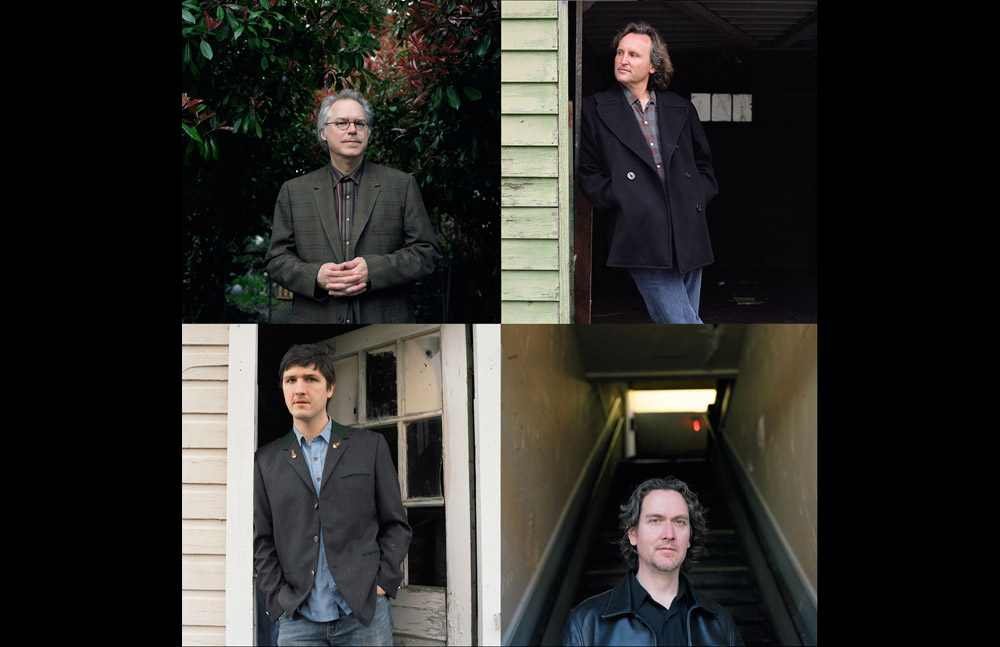


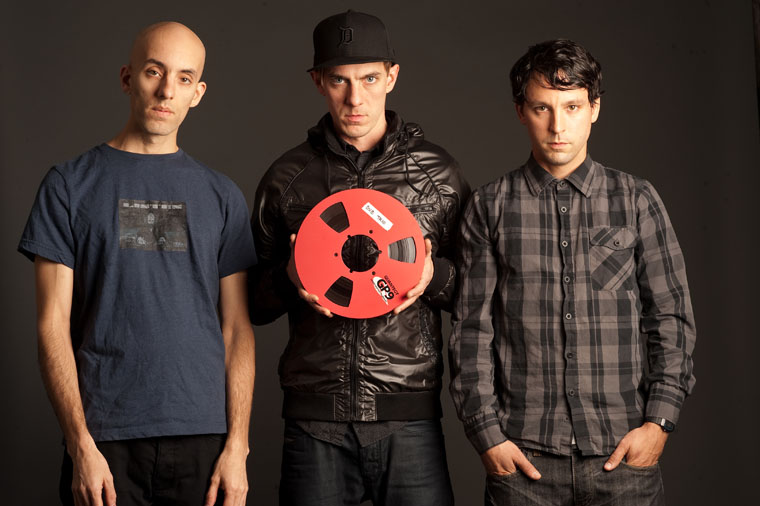

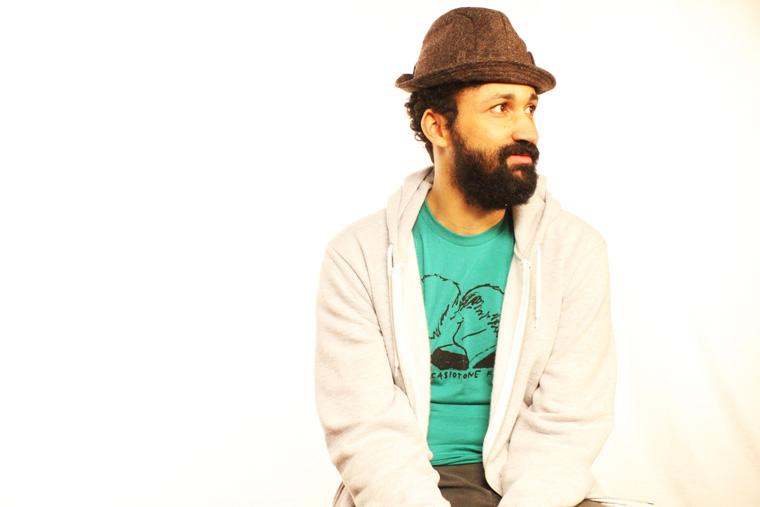

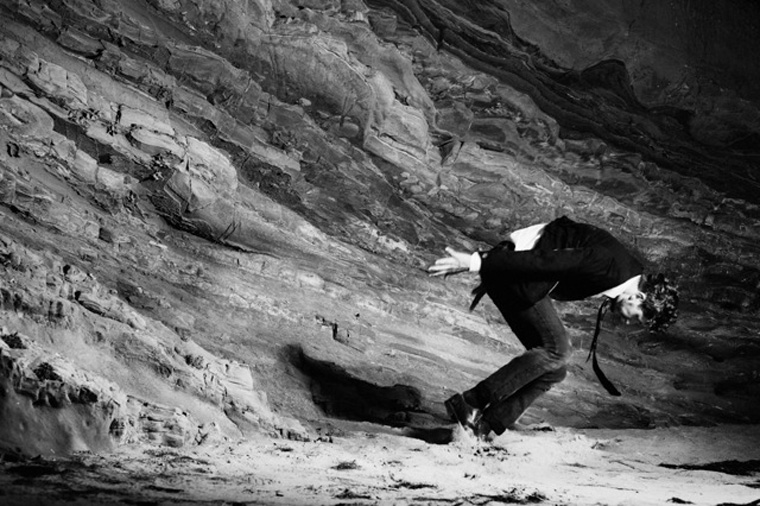
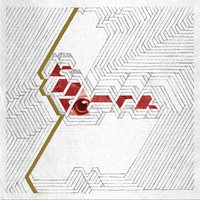
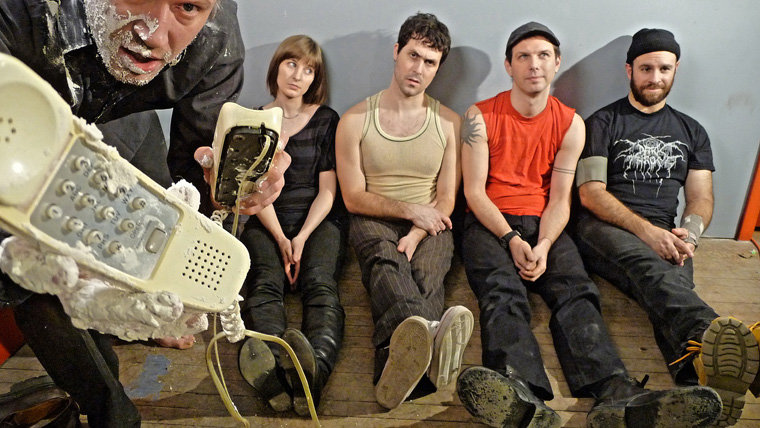


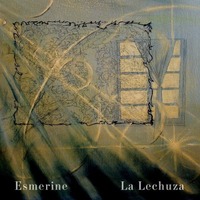
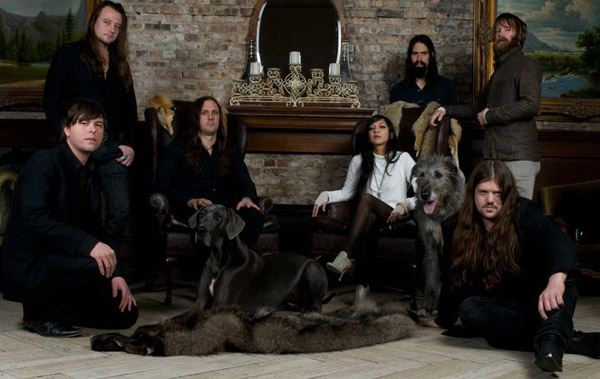
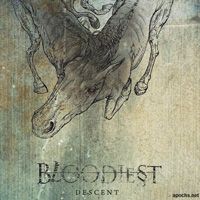
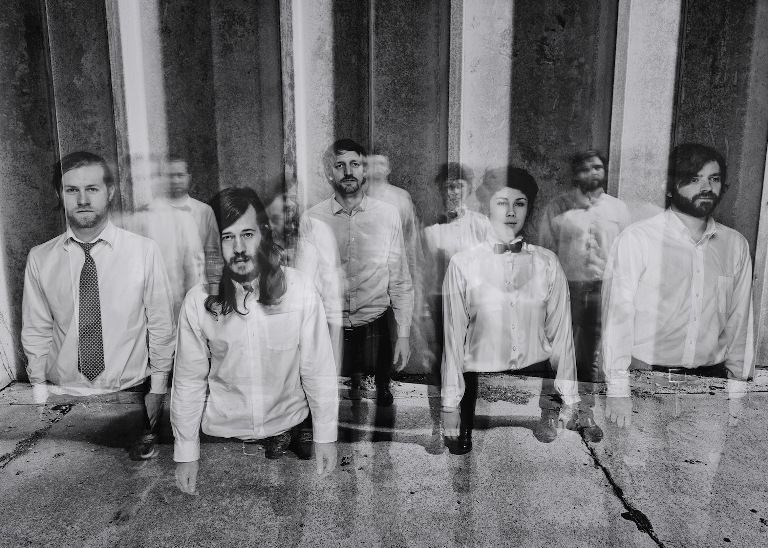
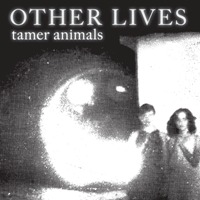 Other Lives
Other Lives


